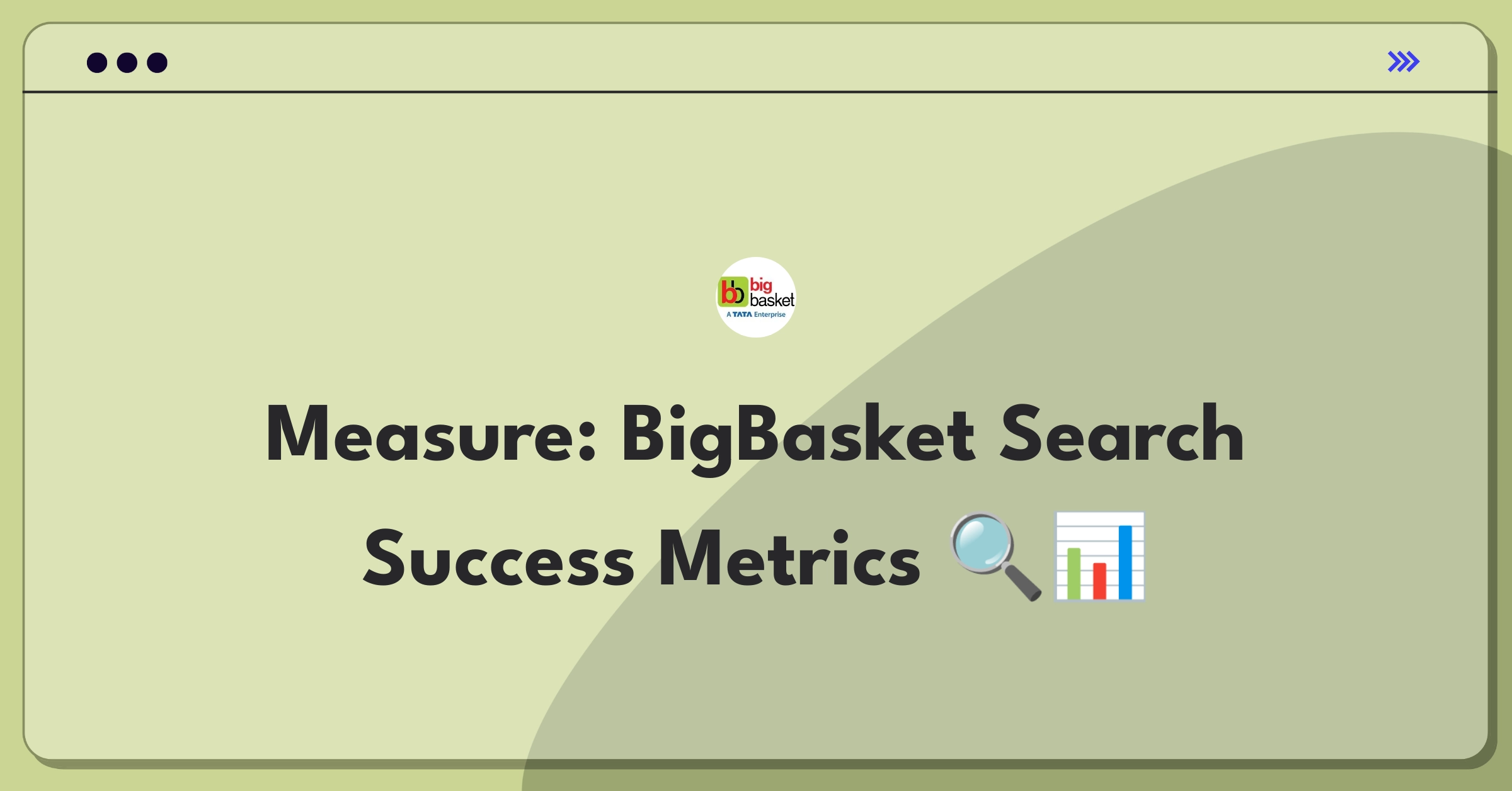Introduction
Defining the success of BigBasket's product search and filtering feature is crucial for optimizing the user experience and driving business growth. To approach this product success metrics problem effectively, I will follow a simple product success metric framework. I'll cover core metrics, supporting indicators, and risk factors while considering all key stakeholders.
Framework Overview
I'll follow a simple success metrics framework covering product context, success metrics hierarchy.
Step 1
Product Context
BigBasket's product search and filtering feature is a core component of their e-commerce platform, enabling users to find and purchase groceries and household items efficiently. Key stakeholders include customers, vendors, and BigBasket's business teams.
The user flow typically involves:
- Entering search terms or browsing categories
- Applying filters (e.g., price range, brand, dietary requirements)
- Sorting results (e.g., by price, popularity)
- Viewing product details and adding items to cart
This feature is critical to BigBasket's strategy of providing a seamless online grocery shopping experience. Compared to competitors like Amazon Fresh or Grofers, BigBasket's search and filtering capabilities need to be particularly robust due to their extensive product catalog and focus on fresh produce.
In terms of product lifecycle, the search and filtering feature is in the maturity stage, requiring continuous refinement to maintain competitiveness.
Subscribe to access the full answer
Monthly Plan
The perfect plan for PMs who are in the final leg of their interview preparation
$99 /month
- Access to 8,000+ PM Questions
- 10 AI resume reviews credits
- Access to company guides
- Basic email support
- Access to community Q&A
Yearly Plan
The ultimate plan for aspiring PMs, SPMs and those preparing for big-tech
$99 $33 /month
- Everything in monthly plan
- Priority queue for AI resume review
- Monthly/Weekly newsletters
- Access to premium features
- Priority response to requested question


.png)